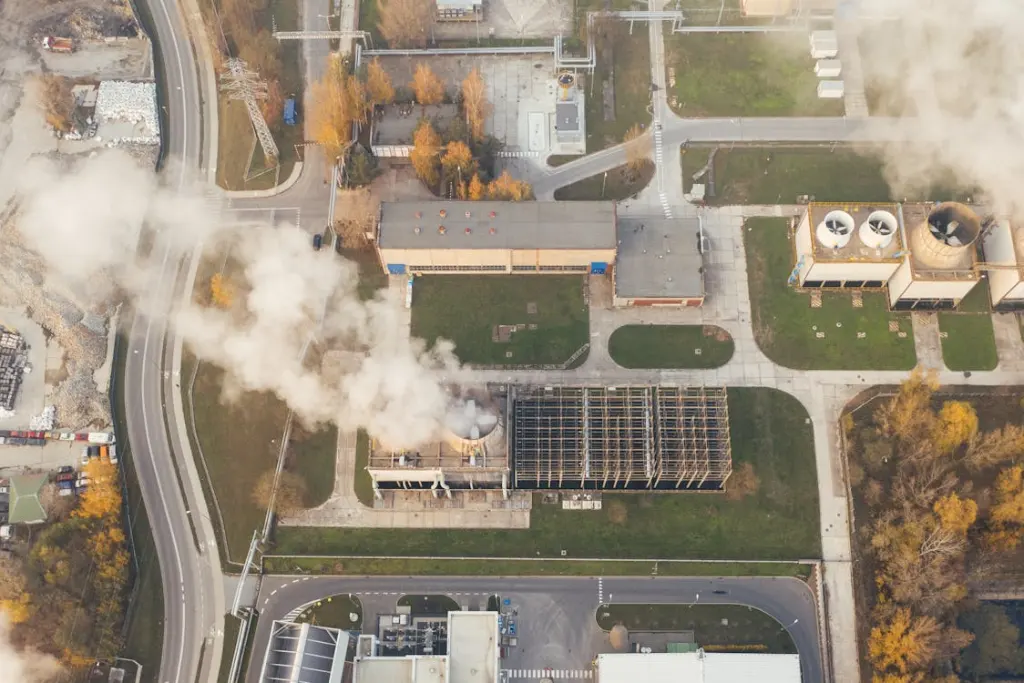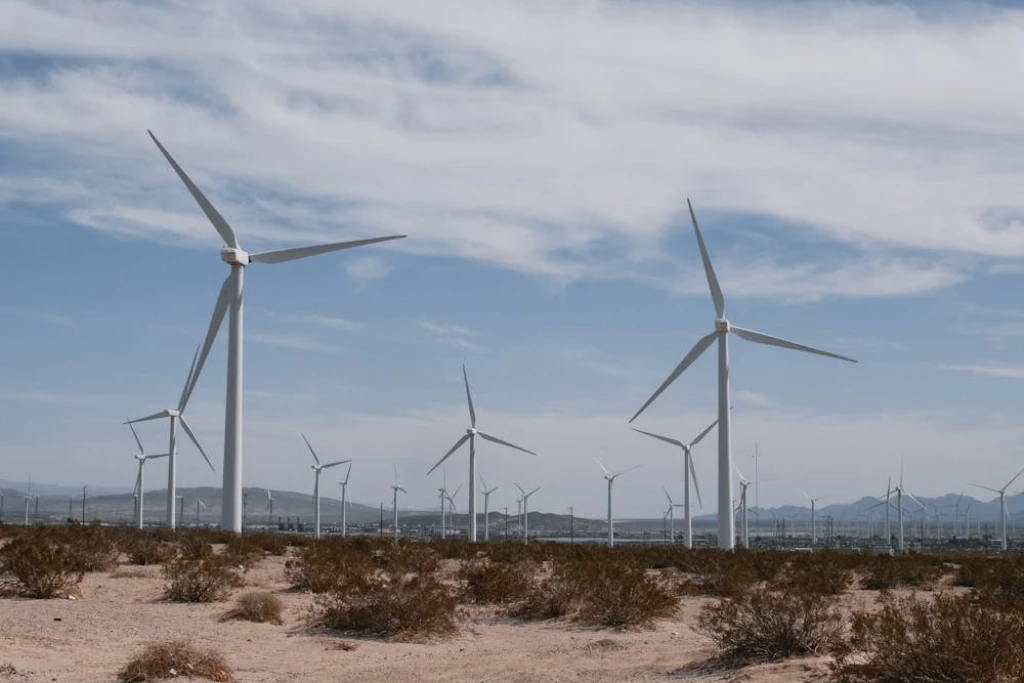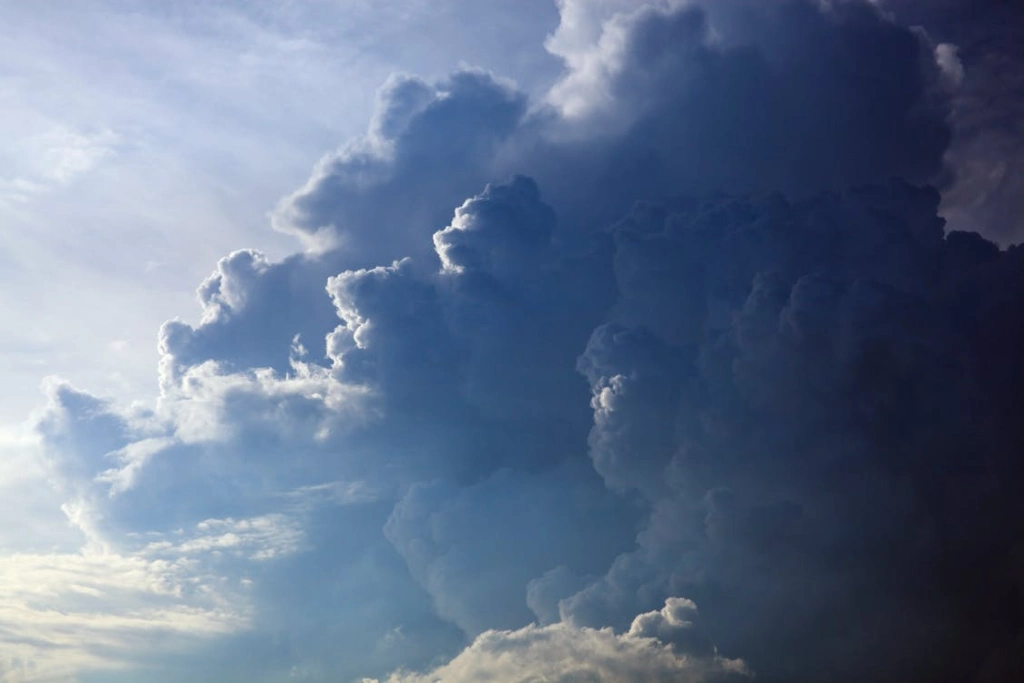Climate change is no longer only a theoretical concept or a faroff issue.It is here, and it is upending ecosystems, economies, and people everywhere.Floods, fires, hurricanes, droughts, and more are some of the more obvious and destructive effects of climate change, even though rising temperatures frequently take center stage in discussions.
This article examines how extreme weather is being exacerbated by climate change and the practical implications for communities around the globe.
Floods: Increasing Sea Levels, Declining Hope
One of the most pervasive and damaging effects of climate change is flooding.Sea levels rise in tandem with global temperatures as a result of melting glaciers and warming oceans. At the same time, there is an increase in the frequency and intensity of heavy rainfall events.
How climate change fuels flooding:
Heavy downpours result from warmer air holding more moisture.
Coastal flooding and saltwater intrusion into freshwater systems are two effects of sea level rise.
On higher seas, hurricane and cyclone storm surges are more destructive.
Impacts:
Millions are displaced in low-lying coastal areas.
Roads, houses, and infrastructure are destroyed.
Waterborne disease transmission and water supply contamination
Fires: A Burning World
Wildfires are become more intense, more common, and more difficult to contain from California to Australia.Grasslands and woods are becoming tinderboxes due to climate change.
How wildfires are fueled by climate change:
Prolonged droughts and higher temperatures cause vegetation to dry out.
Fire seasons are prolonged by earlier snowmelt.
More lightning strikes and flames are caused by changing weather patterns.
Impacts:
Loss of entire towns, houses, and lives
Hazardous smoke inhalation and extreme air pollution
Destroying carbon-absorbing forests and wildlife habitats
Warming Waters Intensify Storms And Hurricanes
Warmer ocean temperatures, which serve as jet fuel for hurricanes and cyclones, are intensifying tropical storms.
How storm intensity is increased by climate change:
Storm systems receive more energy from warmer waters.
Heavy rainfall is a result of higher moisture levels.
Storms that move more slowly prolong damage and raise the risk of floods.
Impacts:
Extensive damage to the infrastructure
Billions of dollars in economic losses
Challenges in long-term healing for impacted areas
Dry Lands, Empty Plates Droughts
Rainfall patterns are altered by climate change, which results in certain places receiving insufficient water for extended periods of time. Particularly in areas that are already at risk, droughts are getting worse.
How climate change triggers droughts:
Longer dry seasons and less consistent precipitation
Evaporation rates rise with warmer temperatures.
Lakes and rivers get smaller, and groundwater becomes dry.
Impacts:
Water scarcity for electricity, agriculture, and drinking
Livestock losses and crop failures
Economic collapse and food insecurity in agricultural areas
Ticking Climate Time Bombs: Melting Glaciers And Thawing Permafrost
Rapid glacier melt and permafrost thawing are the results of warming in polar and alpine regions, which is double the world average.
Impacts:
Sea level rise
Millions of people lost their freshwater reserves.
Melting permafrost releases methane, a greenhouse gas that is even more powerful than CO2.
The Human Cost: Inequality, Health, And Displacement
In addition to harming the ecosystem, climate change has a huge human cost.
Storms, droughts, and floods are already uprooting climate refugees.
Health problems are exacerbated by heat waves and poor air quality, particularly for low-income people, the elderly, and children.
Even though they make the least contribution to the issue, the poor and most vulnerable are frequently the ones who suffer the most from climate change, which exacerbates inequality.
Embracing Change By Facing Reality
Floods, fires, and other climaterelated disasters are not predictions.They are currently taking place.The difficulty now lies in minimizing the harm and making sensible adjustments rather than completely avoiding change.
How can we proceed?
Switch to renewable energy sources like solar and wind
Construct weather-resistant infrastructure that is resilient.
Preserve and replenish natural buffers, such as forests and wetlands.
Encourage climate justice and make sure that communities that are at risk are taken care of.
Conclusion: An Urgent Appeal
Climate change has real, immediate, and growing repercussions, from fires that devour forests to floods that submerge cities. Rapid environmental change is happening right now, and how we respond will affect not only the future of our planet but also the security and welfare of billions of people.
The issue of climate change will not go away. The issue is now. And the entire globe is observing our response.




